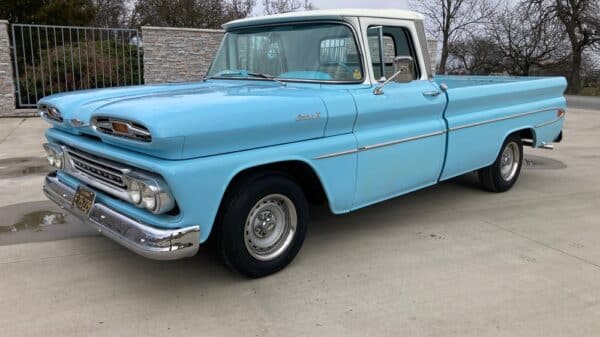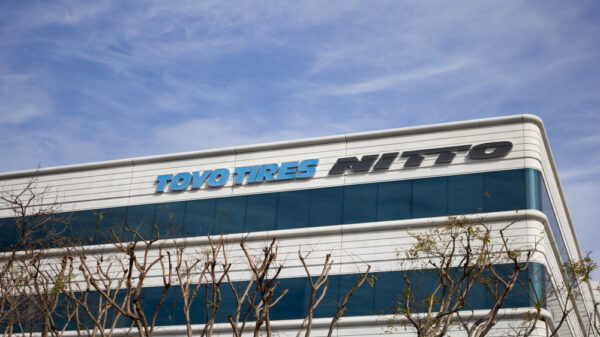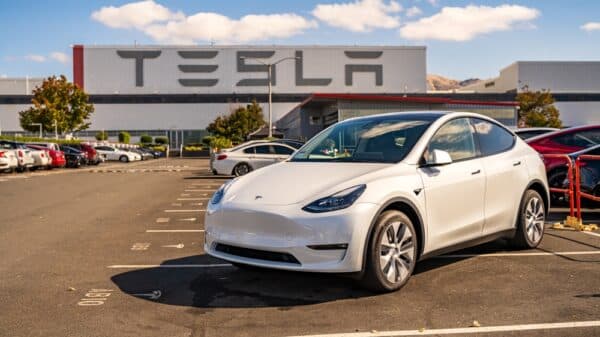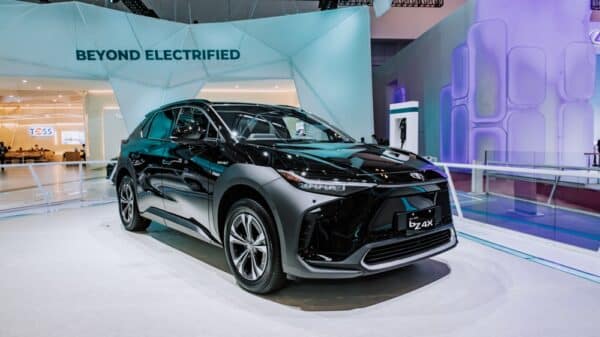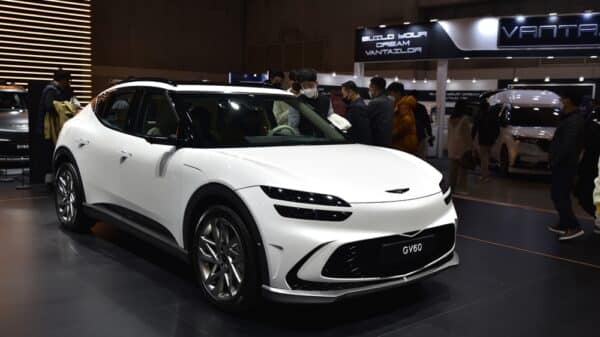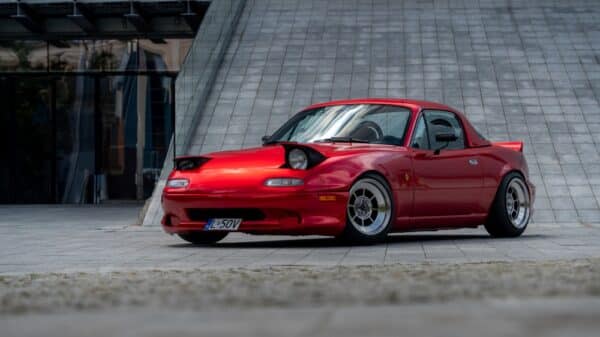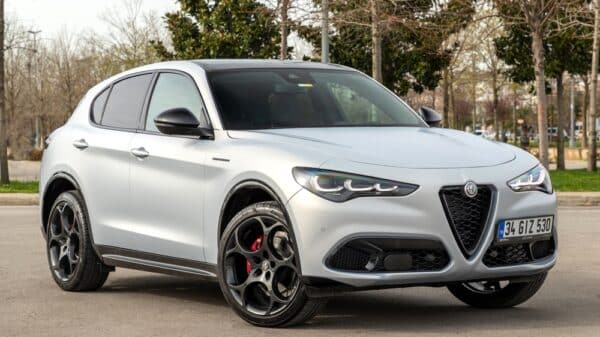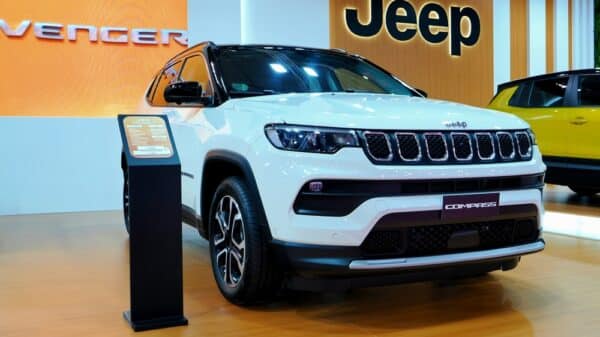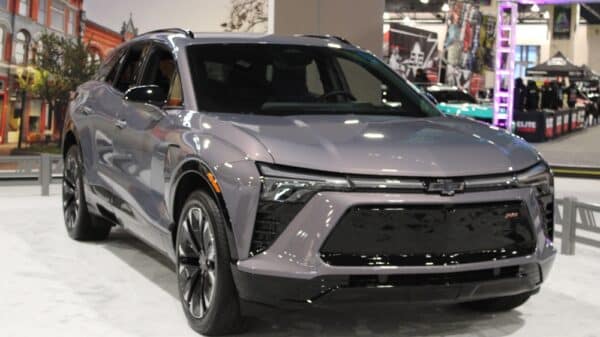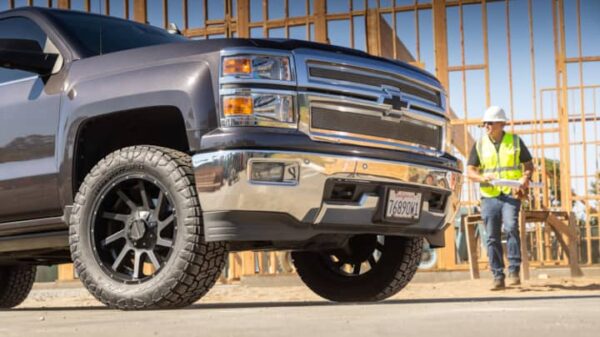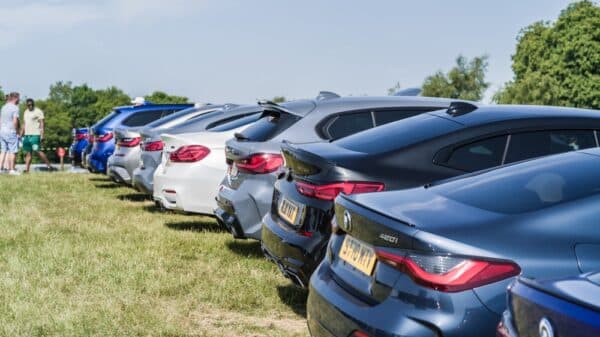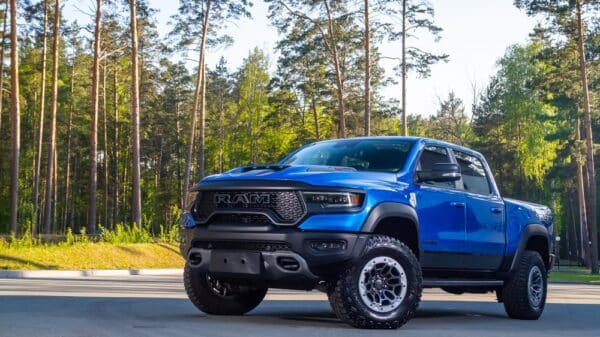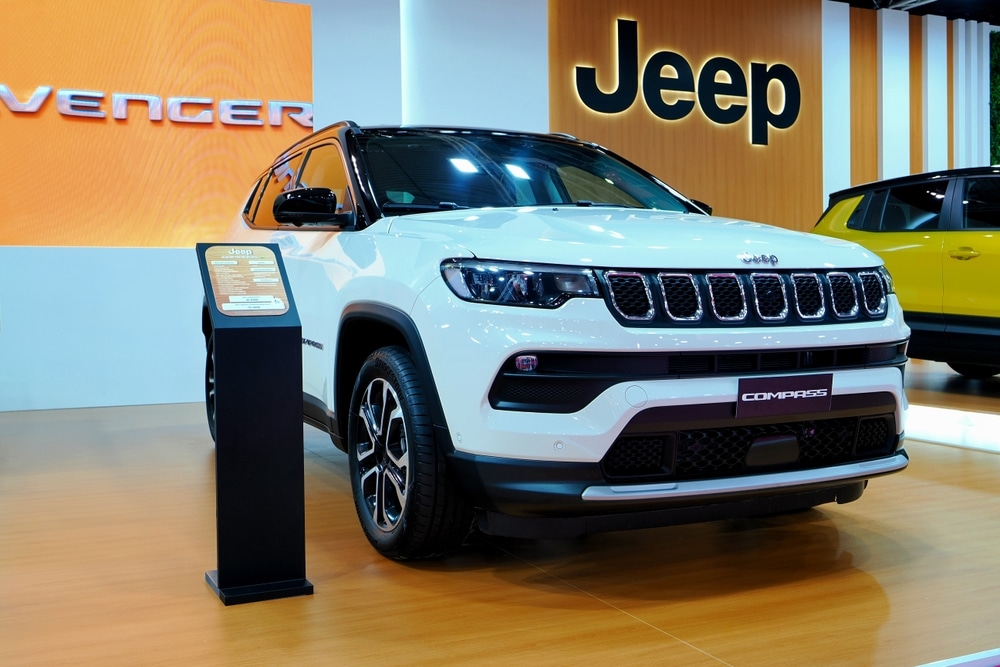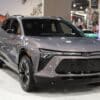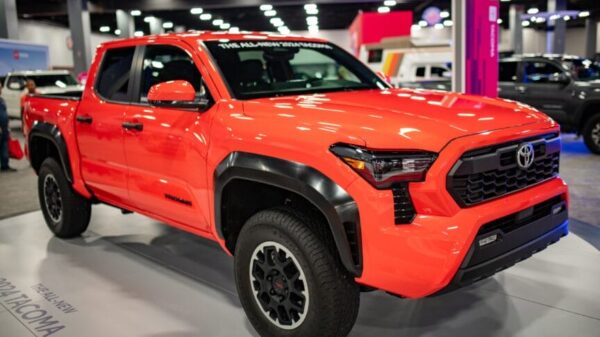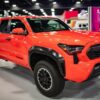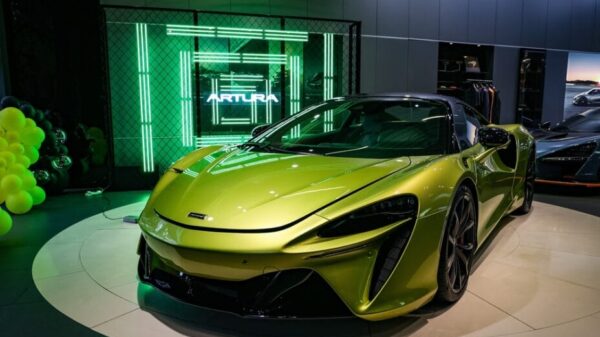A redesigned Jeep Compass has garnered plenty of buzz, but its much-anticipated launch might not happen as soon as we hoped. Originally slated for a North American release in 2026, there’s now chatter that those plans could be pushed back. In our fast-evolving automotive world, where the shift toward electric vehicles is accelerating, Jeep is reassessing whether an electric powertrain for the Compass really makes sense for North American buyers.
Recent comments from a spokesperson for Stellantis—the parent company of Jeep—paint a somewhat uncertain picture. They confirmed that operations at the Brampton Assembly Plant in Canada, where the new Compass was set to begin production for North America, have been paused as they reevaluate their strategy. What was intended to be a smooth rollout, with production kicking off next February—beginning with an electric version—now has an air of uncertainty. This situation is disappointing news for Jeep enthusiasts and those eagerly awaiting a fresh take on the Compass.
Interestingly, the Compass will still see some production activity in Melfi, Italy, where plans remain in place for the new model to hit the assembly line this year. However, it’s unclear how this might impact the North American market, leaving many wondering how many of the new models will make their way across the ocean.
As we dig deeper, we learn that a decision about the Compass’s future could arrive as early as March, but potential delays could stretch anywhere from eight months to a full year. A source familiar with the situation hinted that concerns around the viability of the electric version for North America are very much on the table. This is a significant consideration, especially when we think about how rapidly consumer preference is shifting.
The Brampton Assembly Plant has a rich history of producing iconic vehicles like the Chrysler 300 and Dodge Charger, but now it’s gearing up to build models on Stellantis’ STLA Medium platform. This platform is designed for electric vehicles in both the compact and midsize segments, accommodating not just electric but also gasoline and plug-in hybrid powertrains. It’s a clear indication that Jeep is leaning into the versatility of its offerings, yet this transition is not without its challenges.
Initially, pre-production versions of the new Compass were set to start rolling off the line last month, but even that timeline has been adjusted—delayed from an earlier expectation of May. This major shift in production plans aligns with broader changes happening within Stellantis and other automotive brands, particularly in light of CEO Carlos Tavares’s departure late last year. Companies are now recalibrating their strategies amid a market that appears to favor hybrids over fully electric options right now.
On top of these internal changes, there’s external pressure too. The looming possibility of a 25% tariff on Canadian imports, freshly announced by the Trump administration, adds yet another layer of complexity to the situation. For consumers, this means that the anticipation for a new Jeep Compass is fraught with uncertainty. It’s a journey that feels deeply interconnected with the larger automotive landscape—one that is now tangled with shifting regulations and market demands.
As we wait for clarity on this situation, it’s crucial to stay informed. The automotive world can be unpredictable, with twists and turns that affect everything from production timelines to pricing. Whether you’re a dedicated Jeep aficionado or simply someone looking for an updated vehicle option, navigating these developments requires patience and understanding of the broader context surrounding the industry. After all, the thrill of the open road and the dream of driving a new Jeep Compass might just be on the horizon, but for now, we’ve got some waiting to do.
Image Source: GEORGE STAMATIS / Shutterstock

